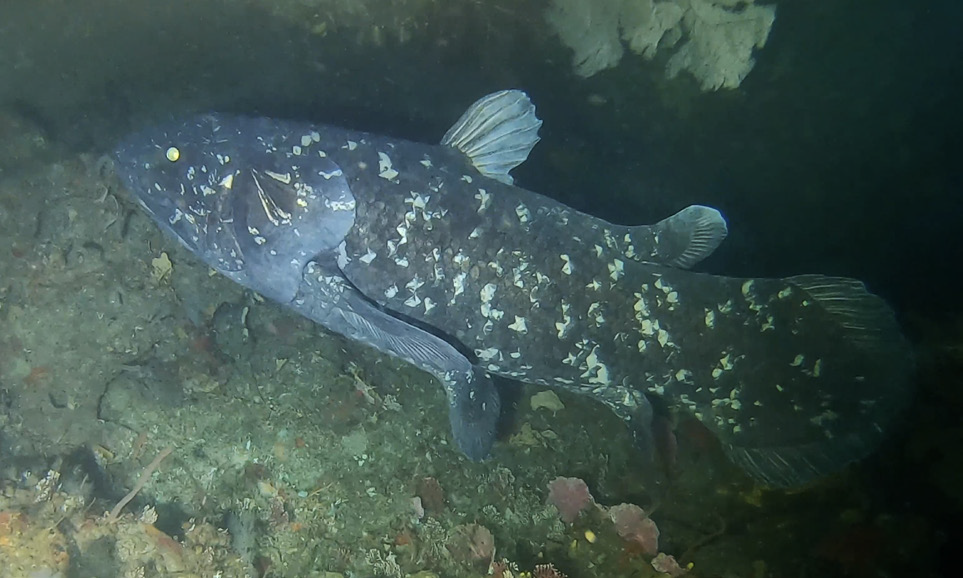Off the coast of Madagascar, recently a local shark fisherman came across a different type of fish that was believed to be near extinct. Known as the coelacanth, the history of this fish dates back to 420 million years. The fish is popularly referred to as the “four-legged fossil fish”.
Aggressive fishing of sharks has pushed fishermen to explore areas farther away from the coast. While they go to new places not explored earlier, often leads them to hamper the ecosystem and find untouched sea life.
“Demand for shark fins and oil has led fishers in southwestern Madagascar to set gill-nets in deeper waters. They are finding — and possibly harming — previously unknown populations of these West Indian Ocean coelacanths,” said the non-profit environmental conservation platform, Mongabay.
Theory
According to scientists, the coelacanth got extinct around 66 million years ago, later in 1938, a living coelacanth was found off the coast in South Africa. Since then, the living specimen was found in Tanzania and some islands of Comoros. A different species of coelacanth was seen in Indonesian waters.
Modern deep-set gillnets used by shark fishermen can reach up to 328 to 492 feet deep. Around this depth, coelacanth gathers very often. Growing demand for sharks led to this exploitation of the oceans in recent decades.
Coelacanths
Coelacanths come from an ancient group of fishes that were common on earth nearly 420 million years ago. The fish have eight fins, large eyes, and a small mouth. The skin of the fish has a unique pattern of white spots and weighs around 90 kilograms.
Only two species of the coelacanth are known, of which West Indian coelacanths are especially under threat. “The jarifa gillnets used to catch sharks are a relatively new and more deadly innovation as they are large and can be set in deep water,” said Andrew Cooke, Michael N. Bruton, and Minosoa Ravololoharinjara, authors of the South African Journal of Science paper about the coelacanths.

